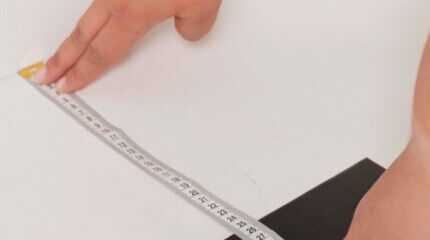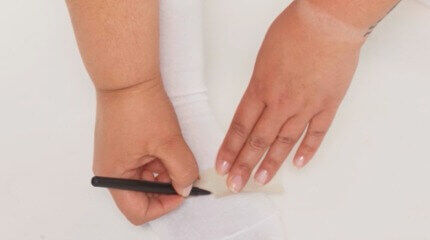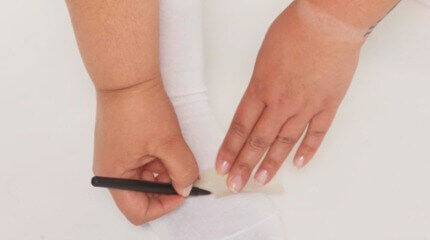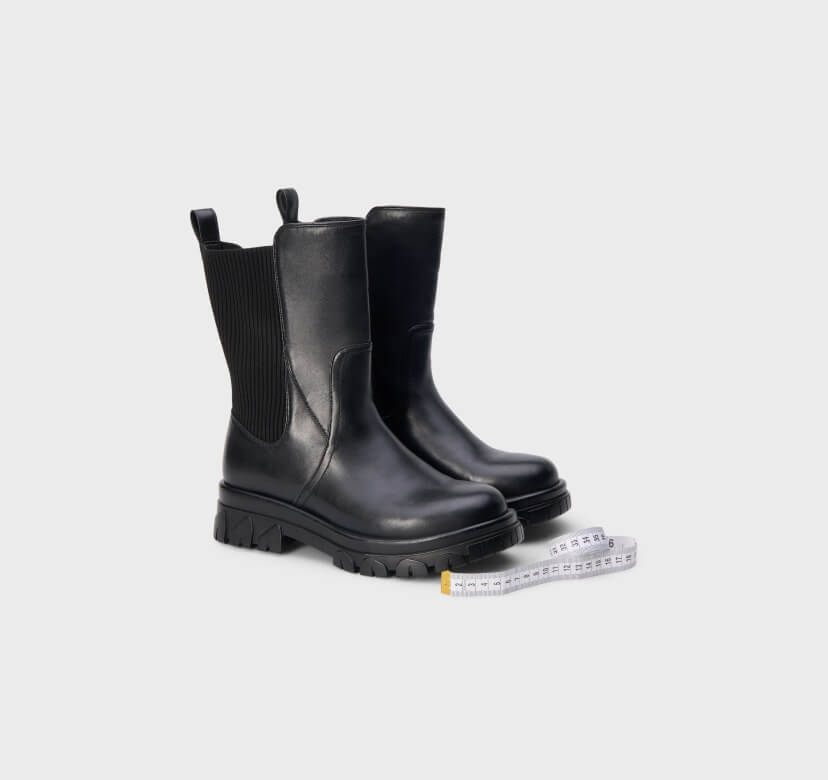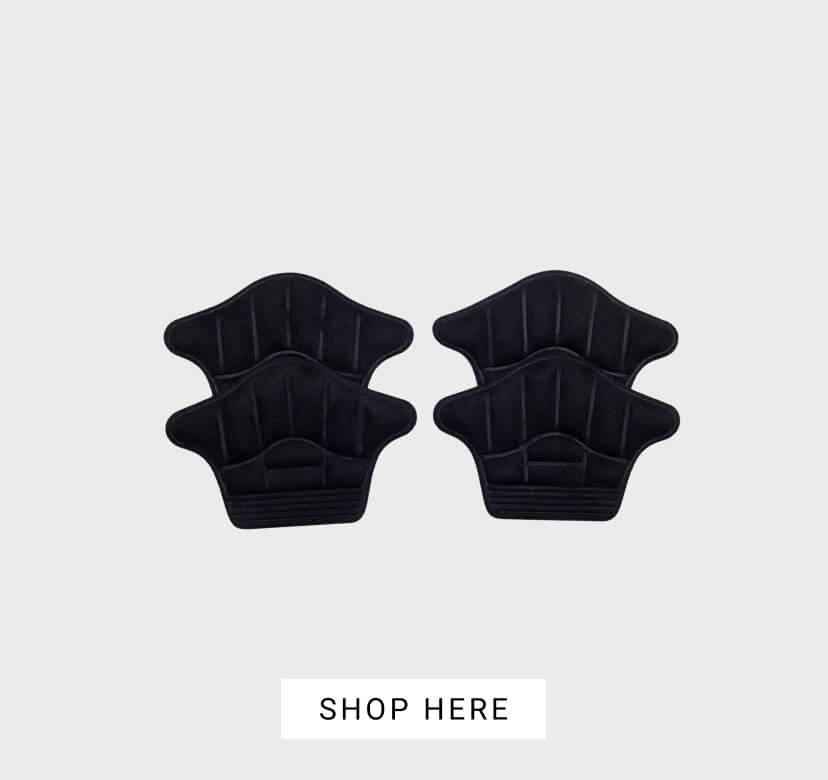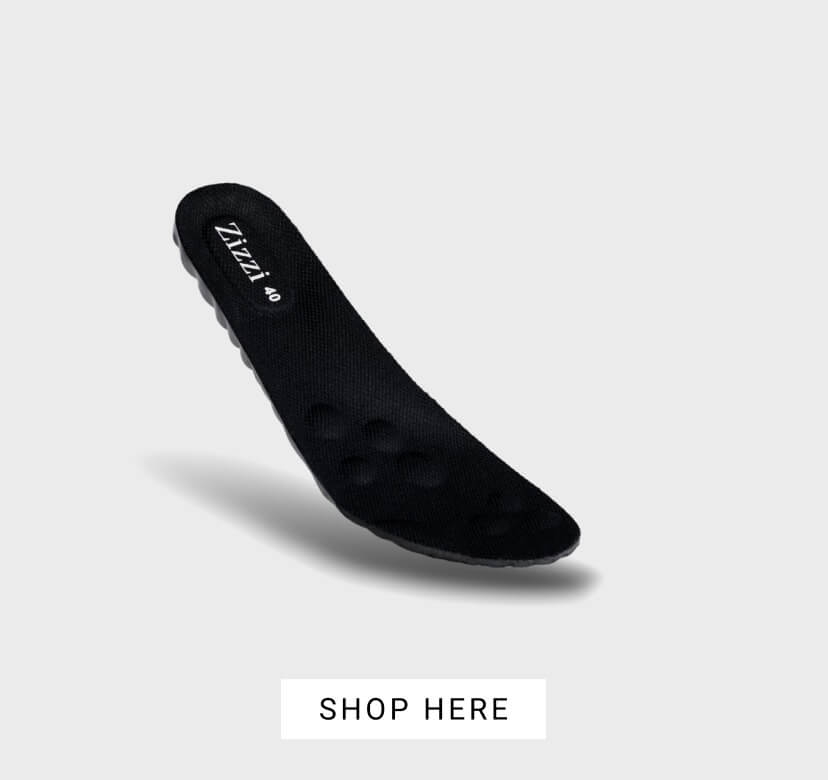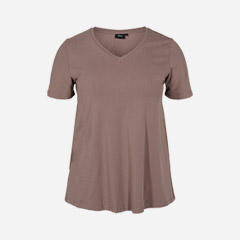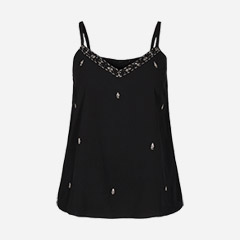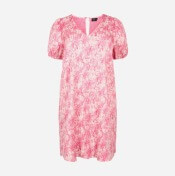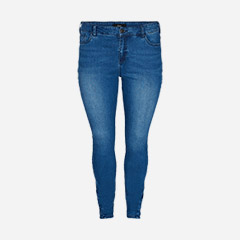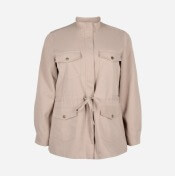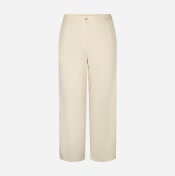Stand with your heel against the wall, put your weight on the foot you're measuring, and place a book in front of your longest toe. Measure the distance from the wall to the book. Do this for both feet and use a shoe size guide to find your correct shoe size.
There should be about 1-1.5 cm of space between your longest toe and the front of the shoe. This provides enough room for your toes to move comfortably without the shoe being too large. This allowance is taken into account when we recommend your size.
A shoe is too big if there is more than 1-1.5 cm of extra space in front of your longest toe. If the shoe feels loose or if your foot slides around when you walk, it is likely too big. If your shoe fits in length but there is too much space around the circumference, this can often be remedied with an insole.
To avoid shoes slipping at the heel, make sure the shoe fits well around your heel. If the heel doesn’t fit snugly, try shoes with laces or straps that can be tightened, or use heel grips or insoles to provide a better fit.
If most shoes feel tight or uncomfortable in width, you might have wide feet. You may also notice clear imprints on your feet after wearing shoes for a while.
It’s completely normal for one foot to be slightly larger than the other. Always choose the shoe size that fits your larger foot. If the difference is significant, consider shoes that are flexible in size, such as lace-ups or shoes with adjustable straps.
Yes, you can, although it is not ideal. Wearing shoes that are too big can lead to problems like blisters, sprains, and long-term foot issues due to lack of support and poor fit. It’s best to choose shoes that fit properly to avoid these problems.

